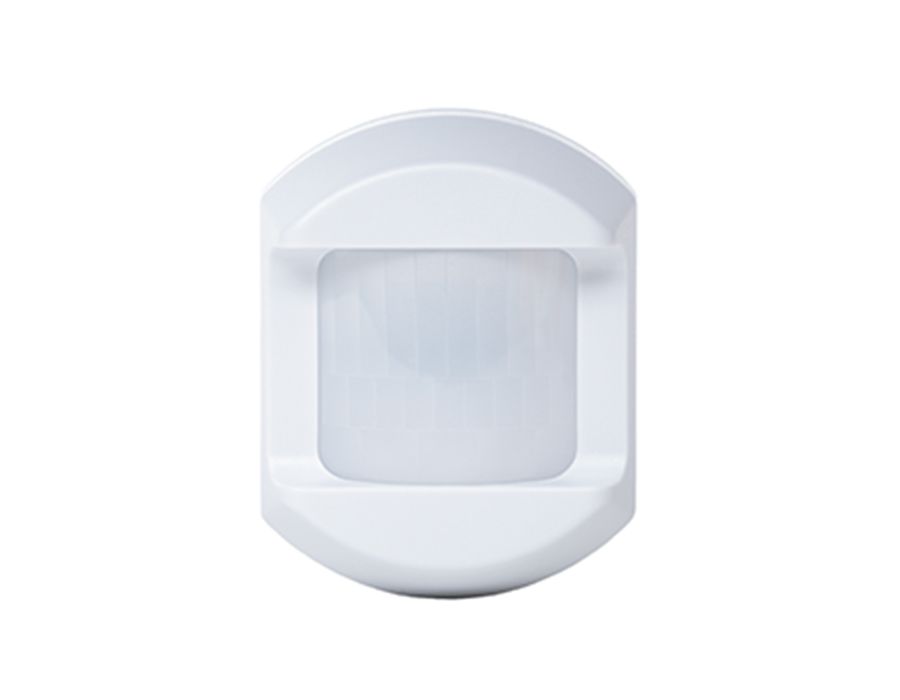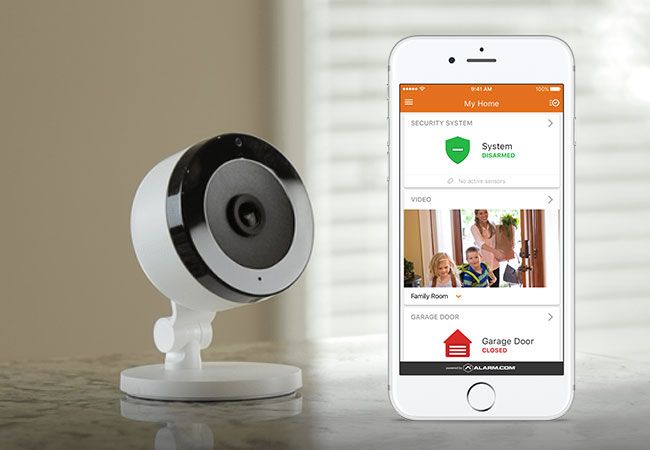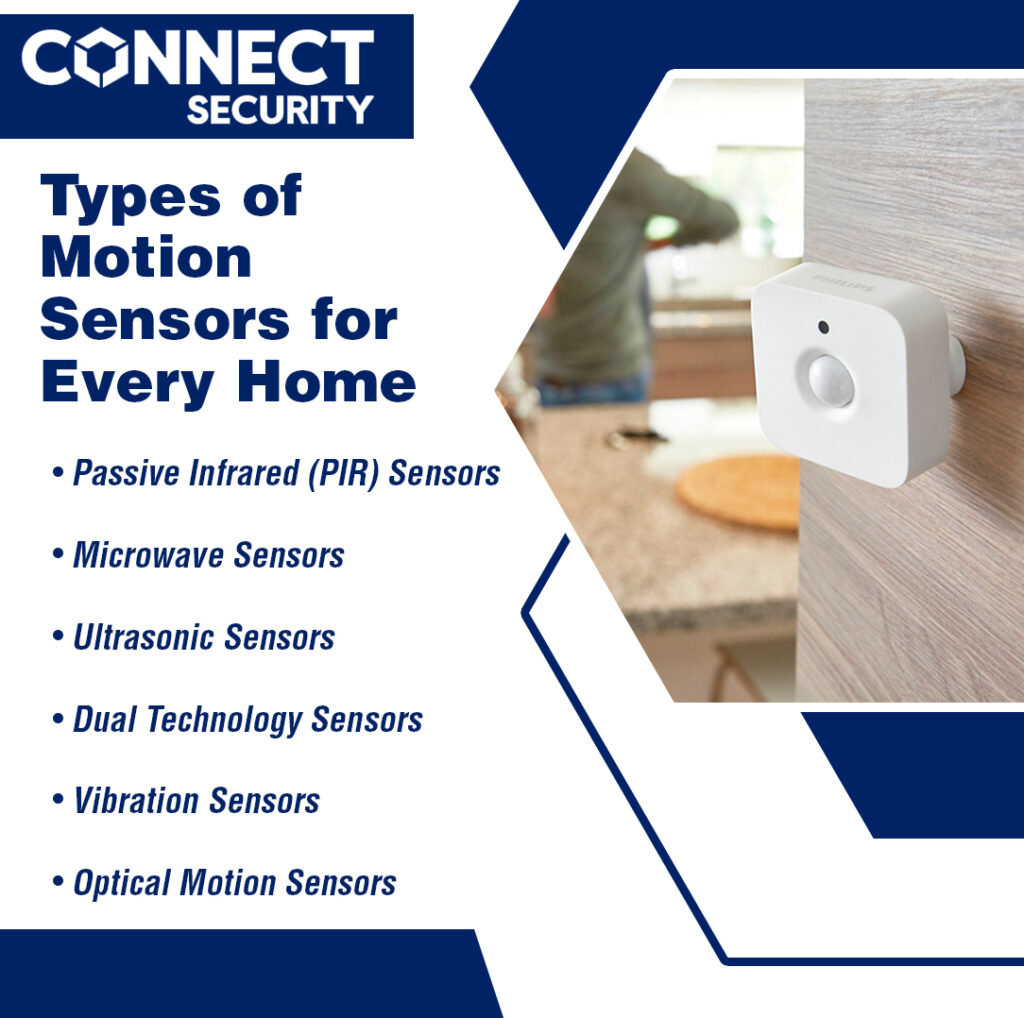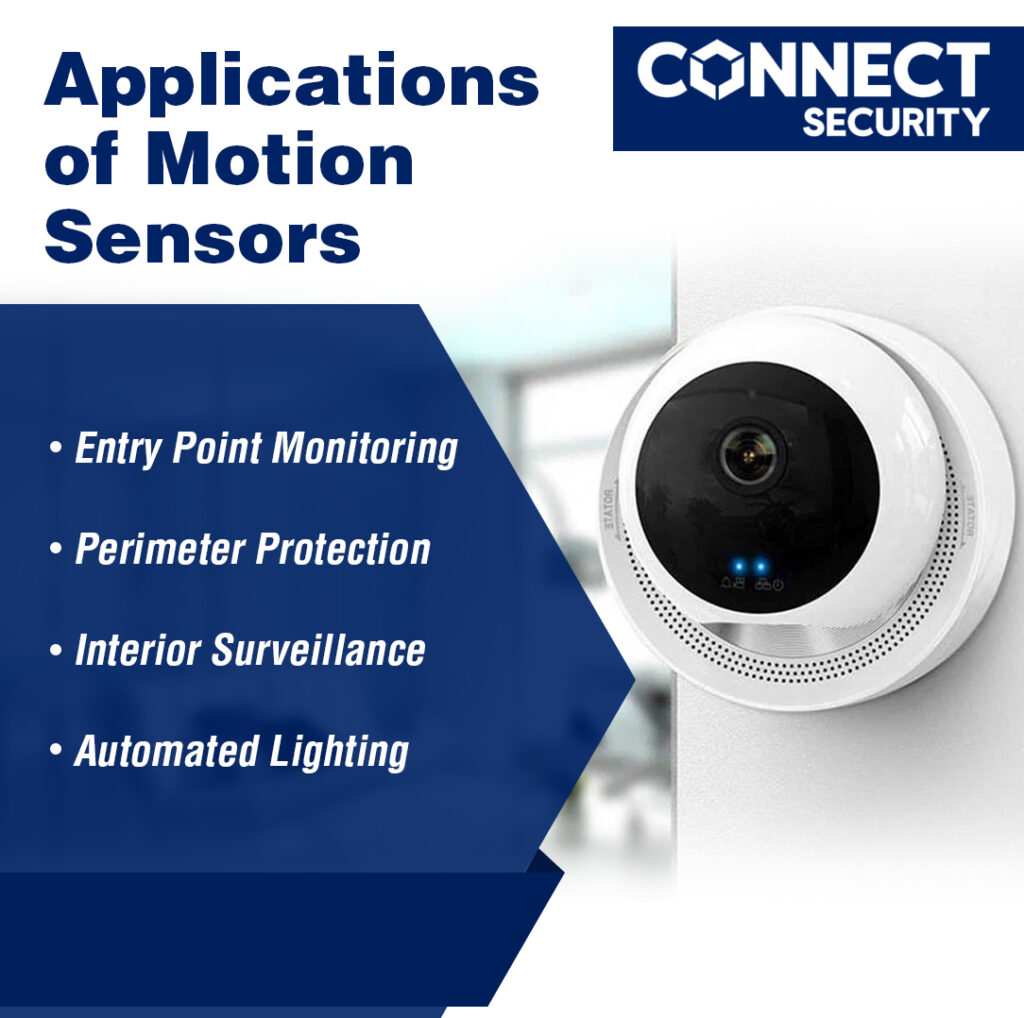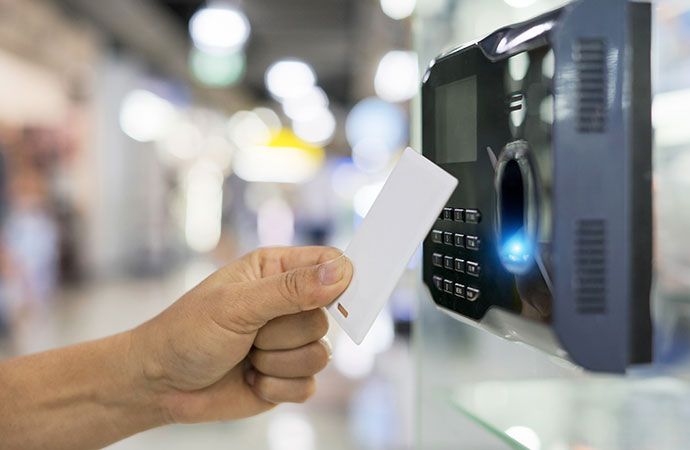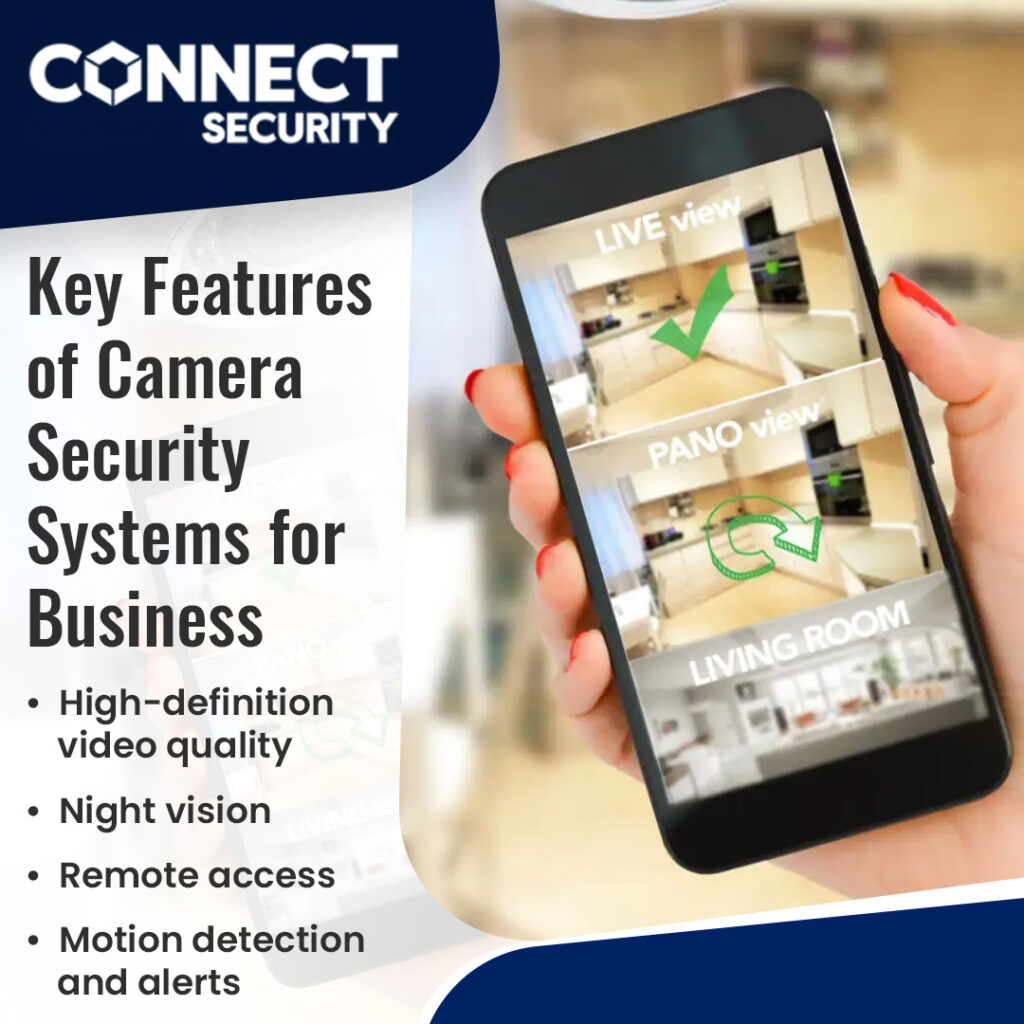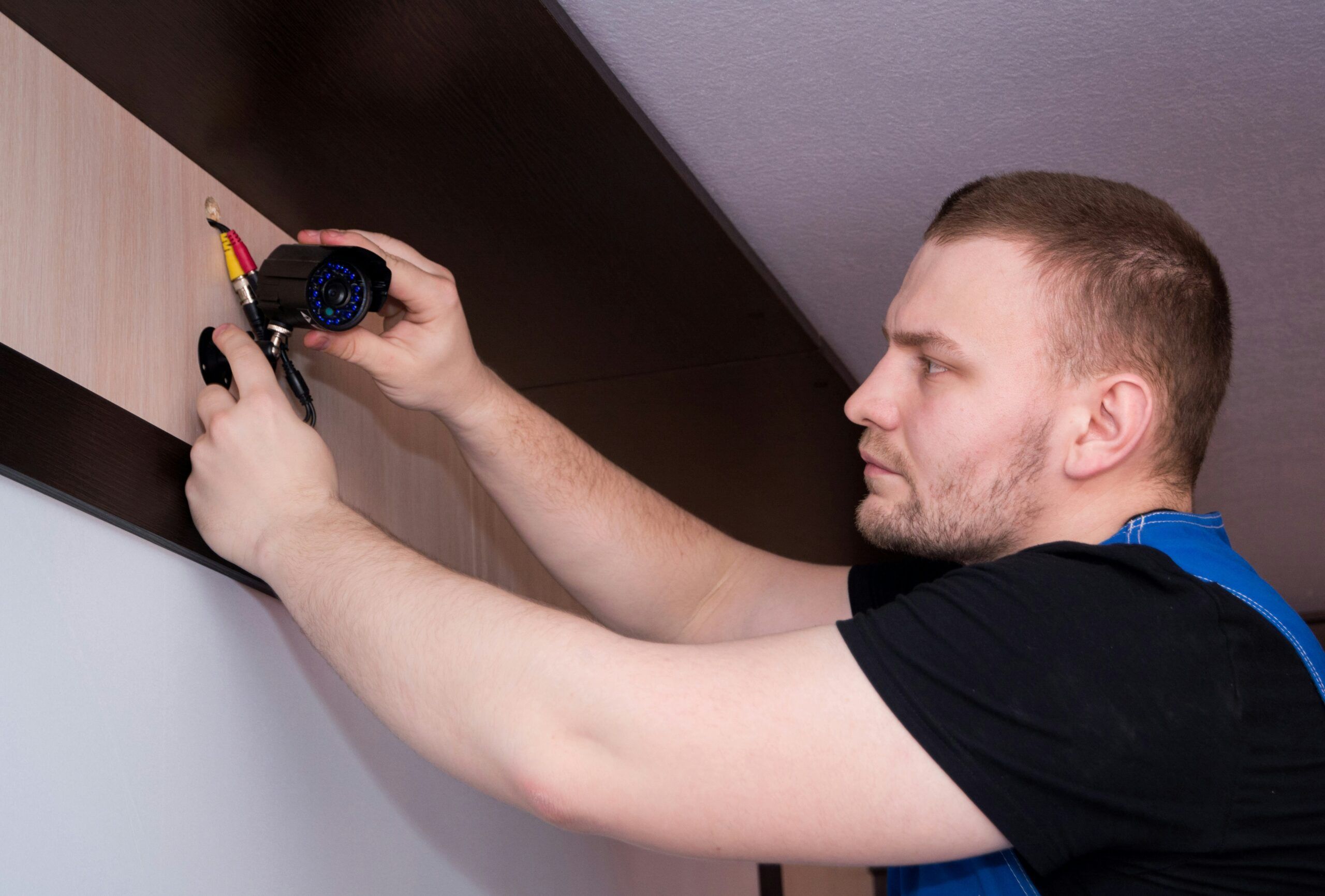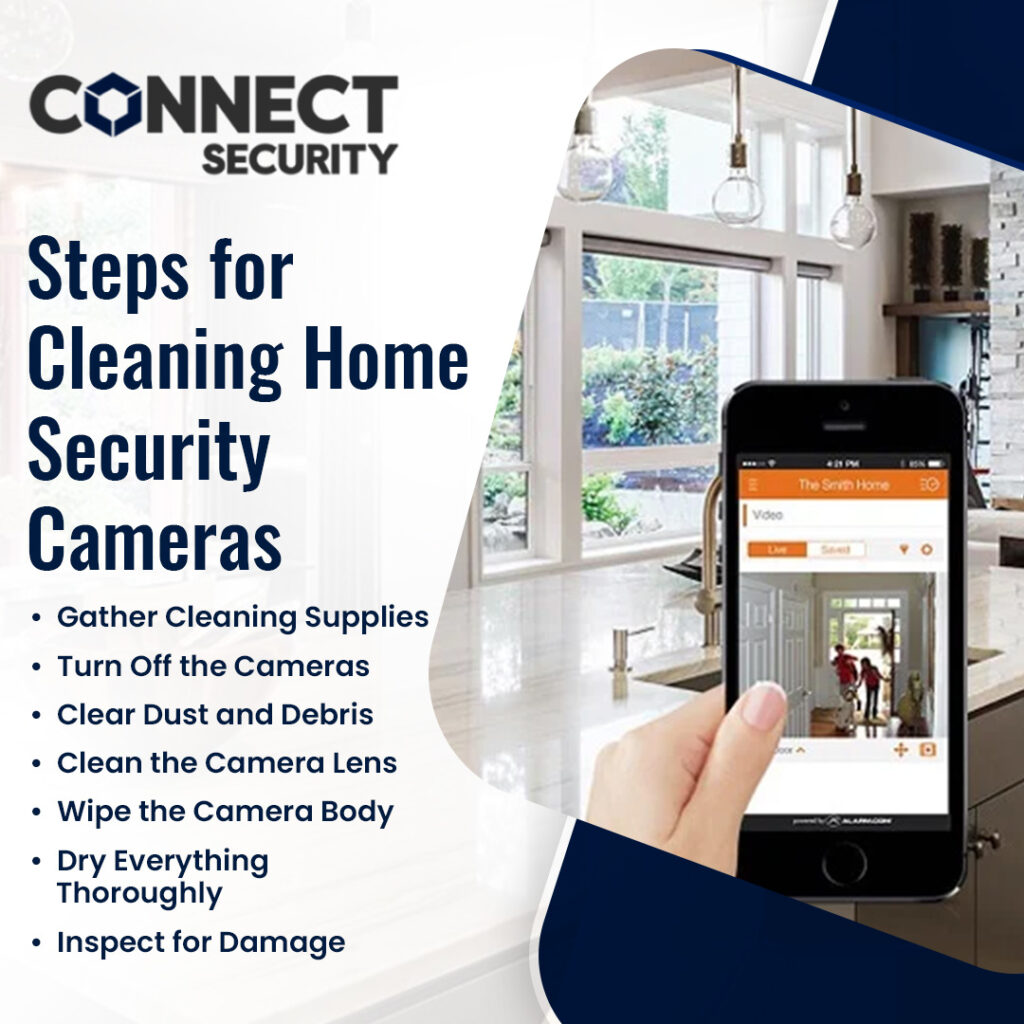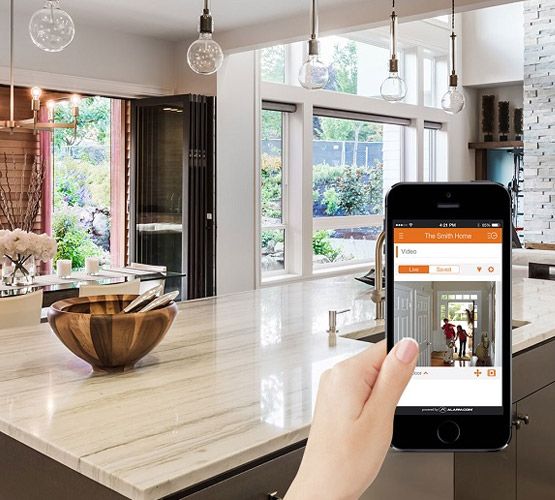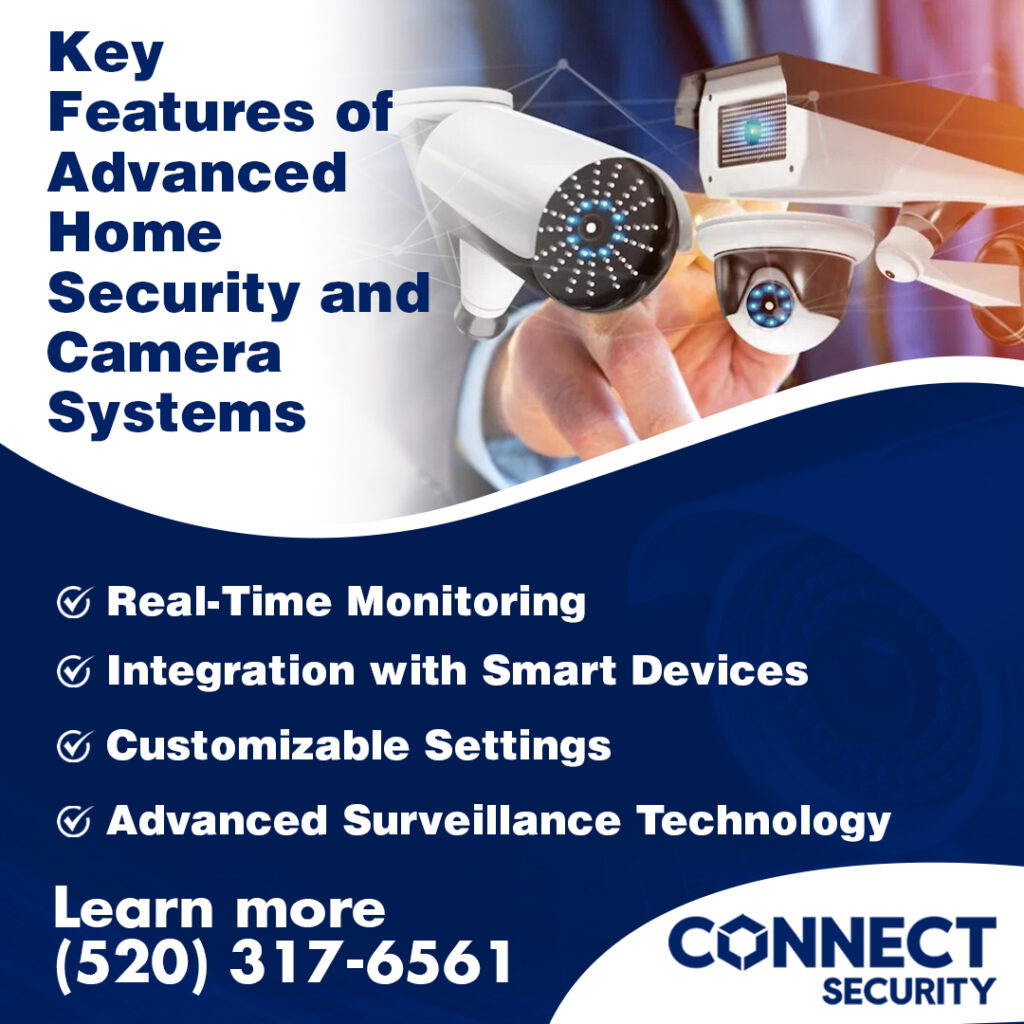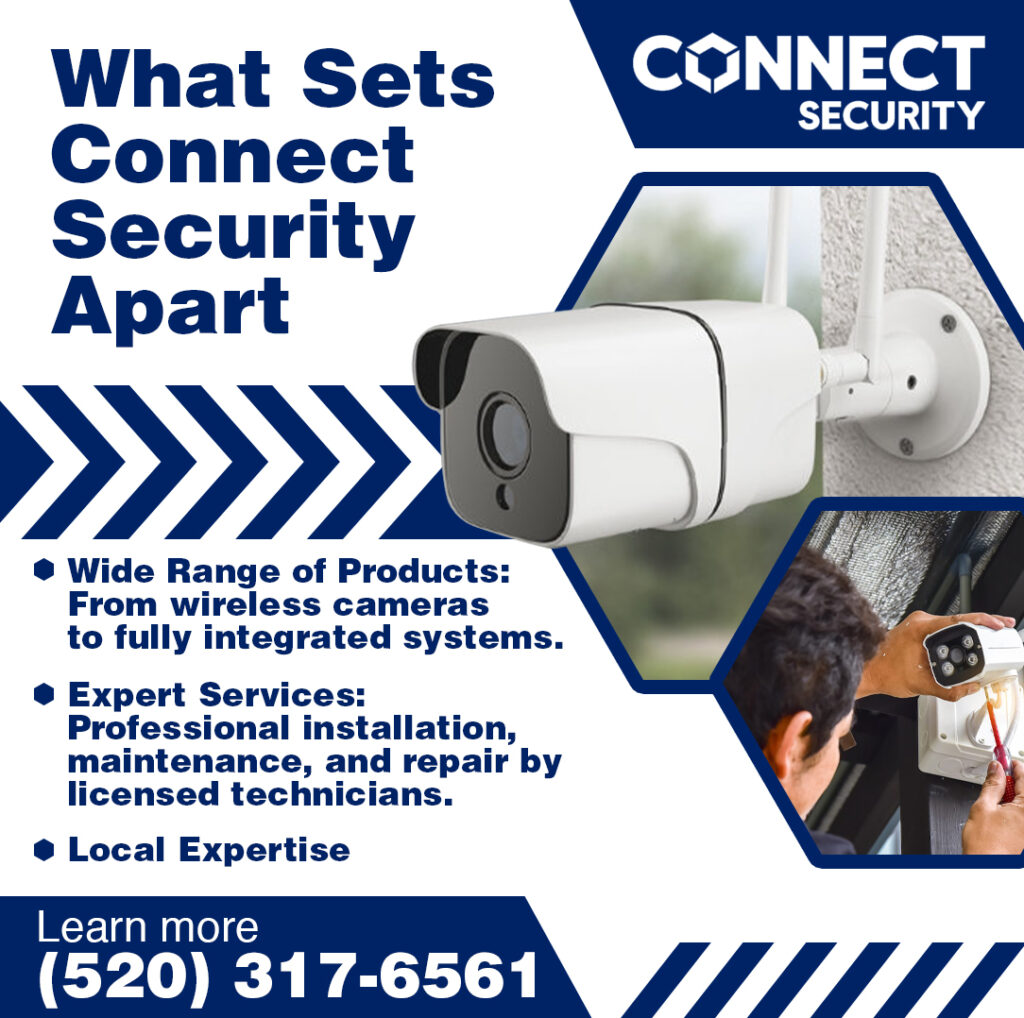Connect Security Explains Why Motion-Activated Lights and Sensors Enhance Home Security
Homeowners face various security challenges that can compromise their sense of safety and well-being. With increasing reports of burglaries and vandalism, it becomes essential for residents to implement effective measures that protect their properties. Motion-activated lights and sensors offer a practical solution, providing both visibility and deterrence that can substantially enhance home safety. These devices help transform dark areas around the home into well-lit spaces that discourage criminal activity while offering homeowners peacefulness.
Integrating motion-activated technology into a home security system not only aids in preventing potential break-ins but also improves overall interaction with the property. By equipping homes with these innovative features, residents can monitor their surroundings more effectively and experience increased confidence in their safety. Connect Security in Tucson, AZ, is committed to helping homeowners make educated choices about their security needs, presenting solutions tailored to individual circumstances that improve both security and convenience.
What are Motion-Activated Lights and Sensors?
The purpose of motion-activated lights is to illuminate areas when they sense movement within a predetermined range. Both interior and outdoor installations are possible with these lights. They can be placed strategically next to patios, doorways, sidewalks, and driveways to improve nighttime visibility. In addition to improving your vision as you approach your house, these lights also serve to discourage any potential attackers who might be hiding in the dark by illuminating possible entrance points surrounding your house.
Motion-activated sensors complement lighting systems by detecting motion and triggering specific responses. These sensors are a vital component of an effective home security system. When they detect movement, they can notify you via alerts to your smartphone or activate alarms to alert others of potential threats. This real-time monitoring provides homeowners with the ability to respond quickly to unusual activity, whether by checking security cameras or contacting law enforcement. Integrating these sensors with a good security camera system for the home for enhanced protection and a proactive approach to home security, helping you maintain a safe environment for your family.
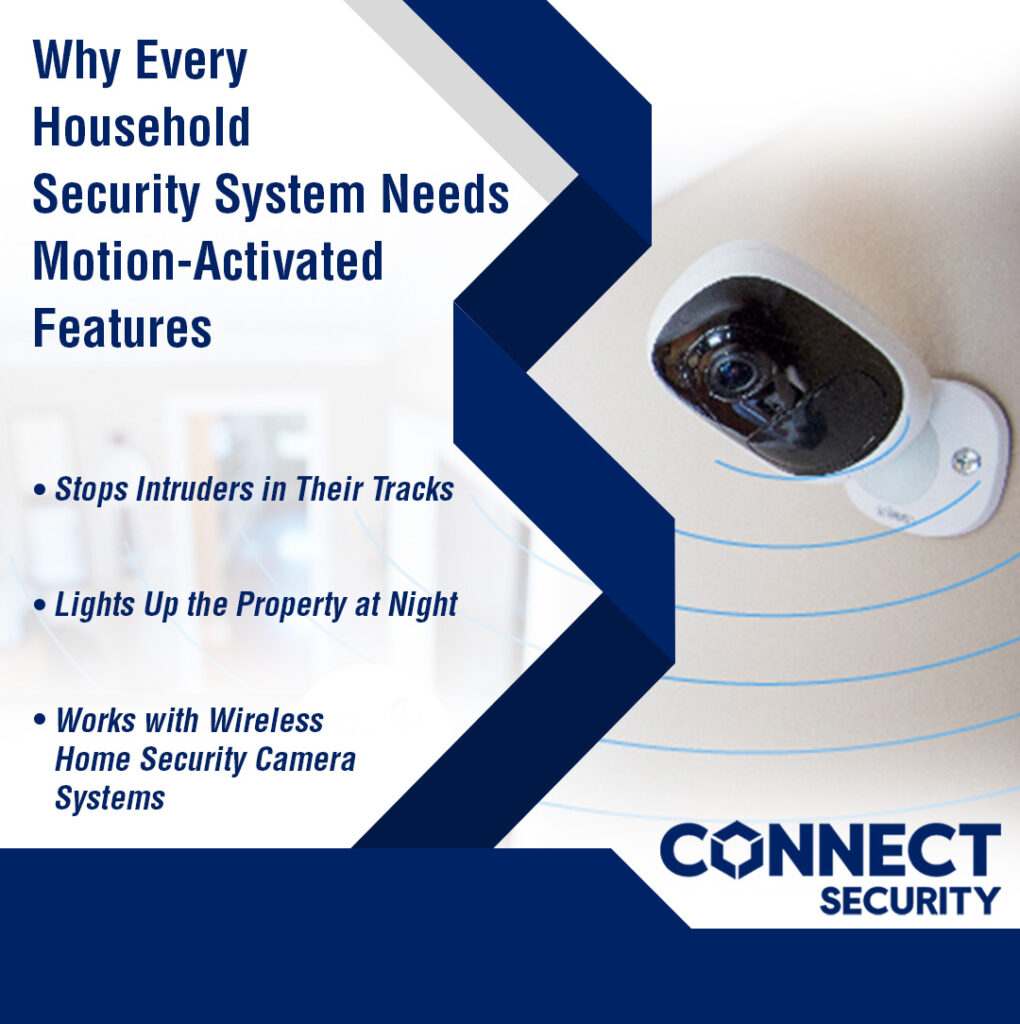
How Do Motion-Activated Lights and Sensors Improve Home Security?
1. Deterrence of Intruders
Deterring possible intruders is one of the main benefits of employing motion-activated lights. These lights may illuminate the area instantaneously when they are activated, making it difficult for someone with bad intentions to go undetected.
Oftentimes, opportunistic intruders look for buildings that seem vacant or simple targets. You can deter potential burglars from trying to enter your home by clearly demonstrating that it has security features using motion-activated lighting.
2. Increased Visibility
At night, areas around your home can become very dark, presenting potential hazards and blind spots. With motion-activated lights, you can improve visibility around your property, reducing the chances of accidents and enhancing safety.
Whether you are arriving home late or walking your dog at night, having well-lit paths and entrances will help you navigate more safely. This increased visibility can also assist your neighbors or passersby in detecting unusual activity around your home, contributing to community safety.
3. Integration with Home Security Systems
Motion-activated lights can easily integrate into a broader household security system. When combined with other security measures, such as a good security camera system for a home, you create a more effective surveillance solution.
For instance, when a sensor detects movement, it can trigger both the lights and the camera to start recording. This integration provides better monitoring and documentation of events while increasing your home’s security.
4. Energy Efficiency
Motion-activated lights are energy-efficient options compared to traditional lighting. They only turn on when needed, meaning you avoid wasting power when no one is around.
This feature is beneficial in reducing your energy bills, making it eco-friendly while still keeping your home secure. Installing a motion-activated lighting system can be a smart long-term investment that balances security and cost-effectiveness.
5. Automating Lighting for Convenience
Motion-activated lights offer added convenience by allowing you to automate lighting around your home. You can set timers or adjust the sensitivity of the sensors to tailor the lighting to your specific needs.
This automation helps with various tasks, from lighting up pathways when you return home to ensuring areas around your property are visible even when you are inside. With this level of convenience, you can easily manage your home lighting and increase your comfort and safety.
6. Increased Safety for Visitors
If you have guests or service providers visiting your home, motion-activated lights provide additional safety. When they approach your property, the lights will activate, offering them clear visibility as they navigate toward your entrance.
This added safety measure can help you feel more at ease when allowing visitors into your home, knowing that they can comfortably find their way without any hazards.
Choosing the Right Motion-Activated Lights and Sensors for Your Home
When selecting motion-activated lights and sensors for your home, consider the following factors:
1. Type of Light Source
You can choose between LED and incandescent light sources. LEDs are more energy-efficient, longer-lasting, and provide brighter light than traditional incandescent bulbs.
2. Detection Range and Sensitivity
The detection range determines how far the sensor can detect movement. Look for products that allow you to adjust sensitivity settings based on your specific requirements.
3. Durability and Weather Resistance
For outdoor installations, make certain that the lights and sensors are weather-resistant. This will increase their longevity and maintain performance in varied weather conditions.
4. Integration with Existing Systems
Select devices that integrate seamlessly with your existing home security and camera system. Compatibility can enhance your overall security setup and simplify management.
Maintenance Tips for Motion-Activated Lights and Sensors
To keep your motion-activated lights and sensors functioning at their best, it’s important to implement a routine maintenance schedule. These tips can help enhance the longevity and effectiveness of your home security features:
1. Regular Cleaning
Over time, dust, dirt, and debris can collect on motion sensors and light fixtures, interfering with their performance. Regularly clean the surfaces of both your lights and sensors to prevent any buildup that might hinder their ability to detect motion or illuminate effectively. Use a microfiber cloth and a mild cleaning solution to gently wipe away dirt and grime, ensuring that your devices remain operational.
2. Check Sensitivity Settings
Review the sensitivity settings of your motion-activated sensors periodically. These settings determine how responsive the sensors are to movement. If you’re experiencing frequent false alarms or, conversely, if the sensors are missing detected movement, you may need to adjust the sensitivity. Tailoring these settings to your specific environment helps create a balanced monitoring experience that minimizes unnecessary notifications while maximizing security.
3. Inspect for Damage
Conduct physical inspections of both lights and sensors to identify any signs of wear or damage. Look for cracks, moisture exposure, or loose connections that may affect performance. If you find any broken components, replace them promptly to avoid creating security gaps. Maintaining the integrity of your devices is essential for their continued effectiveness in protecting your home.
4. Replace Batteries
For battery-operated motion-activated lights and sensors, regular battery replacement is necessary to ascertain consistent operation. Check the batteries on a monthly schedule and replace them as needed. Utilizing high-quality batteries can also extend the life of your devices, ensuring that they remain functional and reliable.
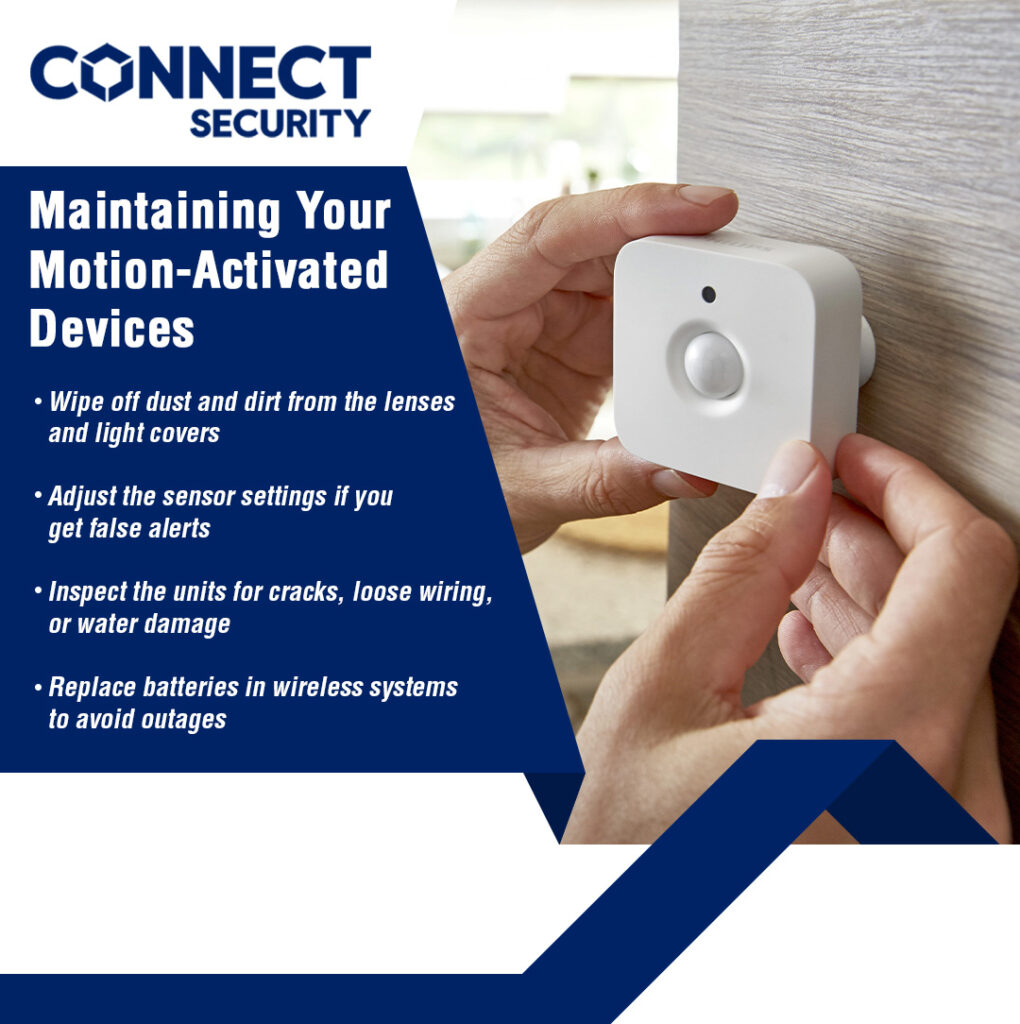
The Role of Connect Security in Tucson: Ensuring Safety for Residents
Connect Security has been an integral part of the Tucson community, providing reliable security solutions to both residential and commercial properties. Established with a commitment to safeguard neighborhoods and enhance safety measures, Connect Security has evolved over the years to meet the changing needs of the residents it serves.
History of Connect Security
Connect Security is a veteran-owned security company based in Tucson, Arizona, providing residential and commercial security solutions across Southern Arizona, including Casa Grande, Phoenix, Tombstone, Maricopa, and Ajo. Established in 2008, Connect Security has grown to become a trusted provider of security services. We offer a range of services, including alarm systems, surveillance cameras, smart home automation, fire alarms, and access control systems.
We started with basic alarm systems, but as technology advanced and the security landscape evolved, we adapted and expanded our offerings. Today, we’re more than just a security company—we’re a licensed low-voltage contractor specializing in residential and commercial systems. Over the years, we have built a strong reputation for reliability and exceptional customer service. Our commitment to the community has driven us to include a wide array of advanced security solutions, from surveillance cameras to motion-activated lighting and access control systems.
Connect Security’s Contribution to Safety
Being an integral member of the Tucson community is something we at Connect Security are very proud of. Our commitment lies in providing reliable security solutions to protect both residential and commercial properties. We began our journey with a clear mission: to make our community safer and enhance safety measures for everyone who calls Tucson home.
1. Customized Security Solutions
Knowing that every property has distinct security requirements, Connect Security works closely with clients to design personalized security systems. These customized solutions take into account certain weaknesses, guaranteeing that the actions taken successfully reduce hazards and offer comfort.
2. Community Engagement and Education
Connect Security is actively involved in community engagement initiatives aimed at promoting safety awareness. By hosting workshops and information sessions, the company educates residents about effective safety measures and best practices. This proactive approach not only enhances individual security but also fosters a sense of community vigilance.
3. Responsive Customer Support
With a focus on customer satisfaction, Connect Security provides 24/7 support to its clients. This round-the-clock availability makes sure that residents receive immediate assistance in case of emergencies, enhancing the overall effectiveness of their security systems. The commitment to reliable service helps to establish trust between the company and the community.
4. Integration of Advanced Technology
By embracing ongoing technological advancements, Connect Security continuously incorporates innovative features into its security systems. This includes the integration of smart technology options, such as remote monitoring through mobile applications and automation features, allowing clients to manage their security systems from virtually anywhere.
5. Partnership with Local Law Enforcement
Connect Security collaborates with law enforcement agencies in Tucson to create a united front against crime. By sharing insights and resources, the company contributes to community safety initiatives that address local crime trends and foster cooperative relationships between residents and law enforcement.
Enhancing Home Security with Motion-Activated Lights and Sensors
Installing motion-activated lights and sensors can considerably enhance your home security camera system. As a key component of a household security system, these devices help deter intruders, improve visibility, and provide energy efficiency while enhancing convenience for homeowners.
As you consider options for upgrading your home security, think about integrating a wireless home security camera system with motion-activated lights for the best protection possible. Trust Connect Security in Tucson, AZ, to provide reliable solutions tailored to meet your needs. Investing in these technologies is a proactive step towards a safer home environment for you and your loved ones.
It’s time to take your home safety seriously. Explore the benefits of motion-activated lights and sensors and get started on creating a secure living environment today. Contact Connect Security at (520) 790-7302 for expert guidance and to learn more about effective solutions for your home security needs.
